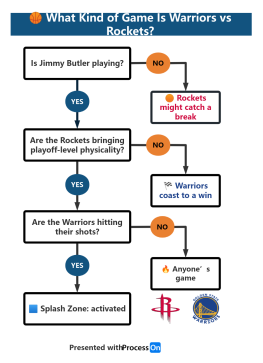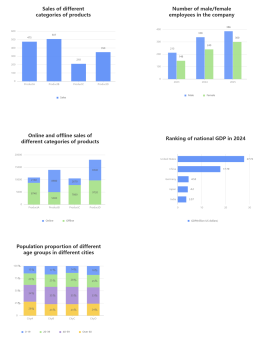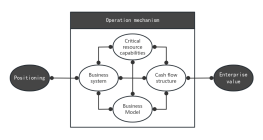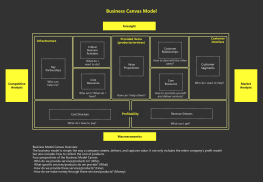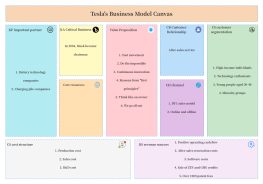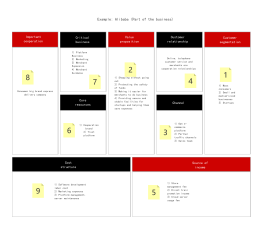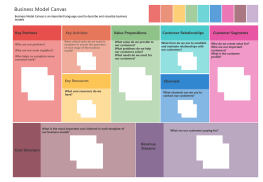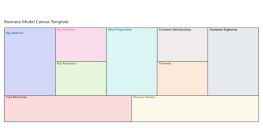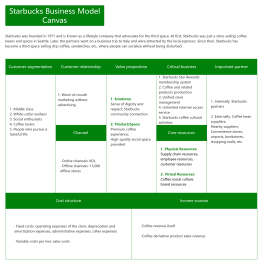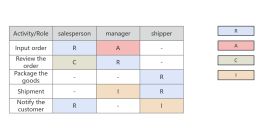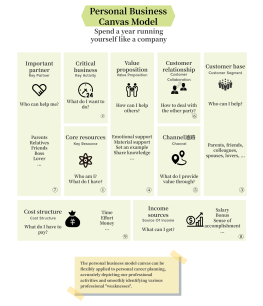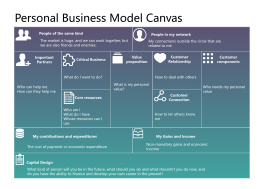Nine modules of the business model canvas
2024-10-31 09:54:47 153 1 Report 0
2
Login to view full content
This mind map serves as a comprehensive guide to the 'Nine Modules of the Business Model Canvas,' a strategic management tool used for developing new or documenting existing business models. The canvas is divided into nine key components: Customer Segmentation, Value Proposition, Channels, Customer Relationships, Revenue Streams, Key Resources, Key Activities, Key Partnerships, and Cost Structure. Each module is crucial for understanding how a business creates, delivers, and captures value. This structured approach helps businesses identify and analyze critical factors, ensuring a holistic view of their operational strategies and market positioning.
Other creations by the author
Outline/Content
CS-Customer Segmentation
Meaning
Customer segmentation describes the different target audiences and institutions that a company wants to reach and serve.
The customer is the core of any business model.
The customer is the core of any business model.
The conditions for细分 customer groups
Their demand has given rise to a new supply.
A new distribution channel needs to be established.
A new customer relationship model needs to be established.
The profit margins they generate are significantly different.
They are willing to pay for a special improvement in a certain aspect.
The issues to consider
Who do we create value for?
Who is our most important customer?
Division method
The mass market
Niche market
A customer base that seeks common ground while respecting differences.
Diversified customer base
Multilateral market
Value Proposition
Meaning
A value proposition is to provide products and services that create value for a specific customer segment. It is the reason why a customer chooses one company over another, as it solves the customer's problems or meets their needs.
The issues to consider
What value do we want to convey to our customers?
Which of the problems faced by our customers do we need to help solve?
What customer needs do we need to meet?
What combination of products and services should we offer to different customer segments?
Factors that contribute to the value proposition
Innovation
performance
Customize
Hands-on service
Design
Price
Reduce costs
Risk Control
Availability
Convenience/Practicality
CH-Channel
Meaning
It is about how a business communicates and establishes connections with its customer base, in order to convey its value proposition to the other party.
The role of distribution channels
Make customers more aware of the company's products and services.
Help customers evaluate a company's value proposition
enable customers to purchase a product or service
Deliver value proposition to customers
Provide after-sales support to customers
The issues to consider
What channels do our customers want to use to get in touch with us?
How do we establish this connection now?
How is our channel composed? Which channels are the most effective?
Which channels have lower costs?
How can we integrate these channels with our daily customer work?
five stages
知名度
Evaluation
Purchase
pass
After-sales
CR-Customer Relationship
Meaning
It is a type of customer relationship established by a company for a specific customer segment.
motivation
Develop new customers
Retain existing customers
Increase sales volume
The issues to consider
What type of relationship do each of our customer segments expect to establish and maintain with us?
What types of relationships have we established?
What are the costs of these relationship types?
How are these customer relationship types integrated with other modules in our business model?
Customer Relationship Classification
Private Service
Personalized Private Service
Self-service
Automated Services
community
Collaborate with customers to co-create.
RS-Income Source
Meaning
It represents the cash revenue generated by the company from each customer.
The issues to consider
What kind of value is it that truly makes our customers willing to pay for it?
What value propositions are customers currently paying for?
What payment method is the customer currently using?
What payment method do they prefer to use?
What is the proportion of each revenue source to the total revenue?
Source method
Transaction revenue is generated by a one-time payment from the customer.
Sustained Revenue: Revenue generated from customers continuously paying due to the new value proposition delivered or after-sales support provided.
ways to generate income sources
Asset sales
Usage fee
Membership fee
Lease
Royalty fee
Brokerage Commission
Advertising expenses
KR-Core Resources
Meaning
It is the most important asset to ensure the smooth operation of a business model. Every business model requires some core resources. These resources enable a company to create and provide a value proposition, gain market share, maintain a customer relationship with a certain customer group and generate revenue.
The issues to consider
What are the core resources needed for our value proposition?
What are the core resources our distribution channels need?
What are the core resources needed to maintain customer relationships?
What are the core resources needed for income sources?
Category
Physical resources
Knowledge resources
Human Resources
Financial resources
KA-Critical Business
Meaning
It refers to the most important things that need to be done to ensure the normal operation of its business model.
The issues to consider
What are the key businesses that our distribution channels need?
What are the key businesses needed to maintain customer relationships?
What are the key businesses that generate revenue?
Category
Production
Solution
Platform/Network
KP-Key Collaboration
Meaning
It is the supplier and partner network required to ensure the smooth operation of a business model.
Four types
Strategic alliances between non-competitors
Cooperation: Strategic partnership between competitors
Set up a joint venture for new business
The supplier and purchaser relationships established to ensure reliable supply
The issues to consider
Who are our key partners? Who are our key suppliers?
What core resources have we obtained from our partners?
Which key businesses have our partners participated in?
Three intentional motives
Optimization and economies of scale
Reduce risk and uncertainty
Special resources and activities acquisition
CS-Cost Structure
Meaning
It is the total cost of operating a business model.
The issues that need to be considered
What is the most important fixed cost in our business model?
What is the most expensive core resource?
What is the most expensive critical business?
characteristic
Fixed Cost
Variable cost
Economies of scale
Economies of scope
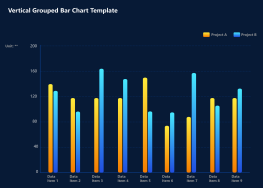
Collect
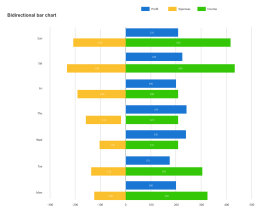
Collect
0 Comments
Next page
Recommended for you
More

